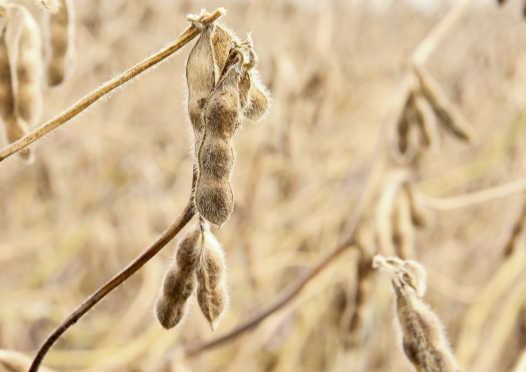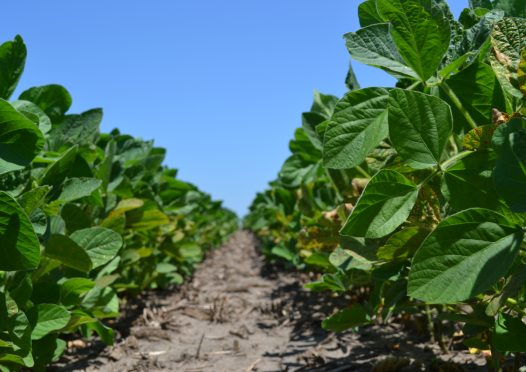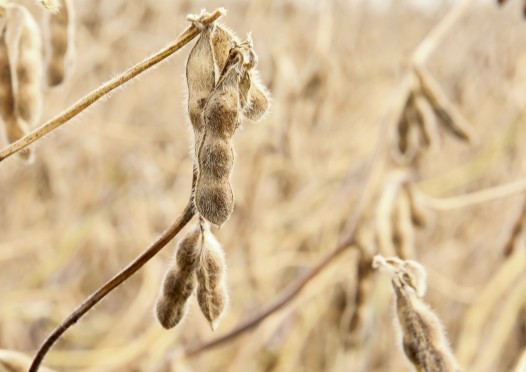ILSOYADVISOR POST
Soybean harvest may be over, but what’s still lurking in my fields?
As Illinois growers finish soybean harvest, planning for the 2018 soybean crop begins. Overall, yield
reports have been positive across the state, but the perennial question in every farmers’ mind is, “How can I do better next year?”
There are a lot of factors that go into answering that question. Most of the time we think first about variety selection, fertility and weed control. I challenge that we need to look deeper into the more difficult issue of soybean cyst nematodes (SCN) that may be silently limiting yield growth.
My experiences in 2017 showed that the incidence of SCN has increased significantly. I was called to look at fields that had “spots,” and were stunted or lacking vigor during the growing season.
Usually, the last operation that was done on that field (typically herbicide application) or weather
was cited as the most probable cause of the problem. However, upon digging plants and examining roots, it was all too easy to find SCN present. Where SCN can be seen on the roots with the naked eye, it indicates that the population is very high. My greater concern, though, are fields that have low levels of SCN populations that are “nibbling” at yields and going unnoticed. Up to 30% yield loss can occur without visible symptoms of SCN damage.
I feel that we should take the work being done by University nematologists seriously. It is well known that PI88788 has been the primary source of SCN resistance used in soybean breeding for many years. As the control from PI88788 begins to erode due to buildup of resistance, yield losses will grow exponentially in just a few years.
It is a factor of simple math—much like what has been used with herbicide-resistant waterhemp and Palmer amaranth populations. One cyst that is resistant to PI88788 can produce up to 500 eggs. Those 500 eggs hatch. Now there are 500 new resistant juveniles, some of which become females that develop into cysts, each containing up to 500 eggs. This cycle can repeat itself up to 6 times during the growing season if a host crop (including soybeans, certain weeds or cover crops) is present. Now this is no longer an unseen nibbler, it is a real problem that hits growers hard in the pocket book.
So, what do we do? First, do not shrug off the possibility that SCN is costing you some amount of
soybean yield loss each year. Second, manage SCN by continuing to use varieties that have the PI88788 trait and enhance that protection with an effective SCN seed treatment. These products are a new tool and growers should seriously look at the performance history and length of control each product provides and learn how these products work to control SCN. Finally, realize that a seed treatment for SCN should not be considered a seed cost. The seed is the delivery mechanism for the product to get into the soil for protection against the pest.
Controlling SCN is vital to protecting the genetic potential of the varieties that you are planting.




Comments
Add new comment